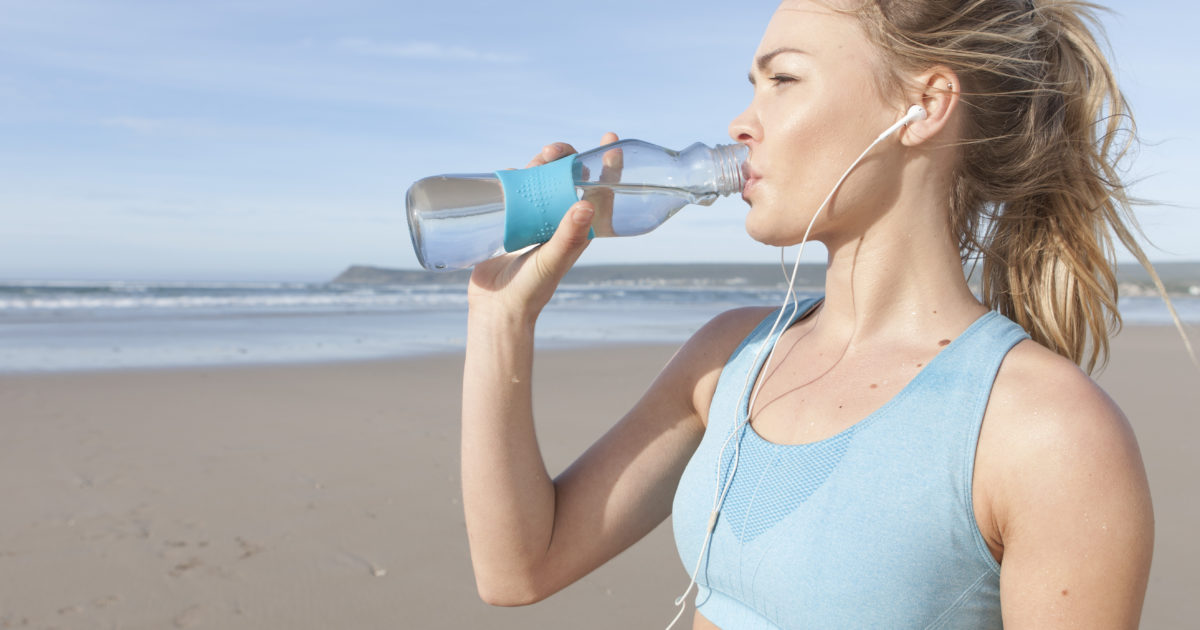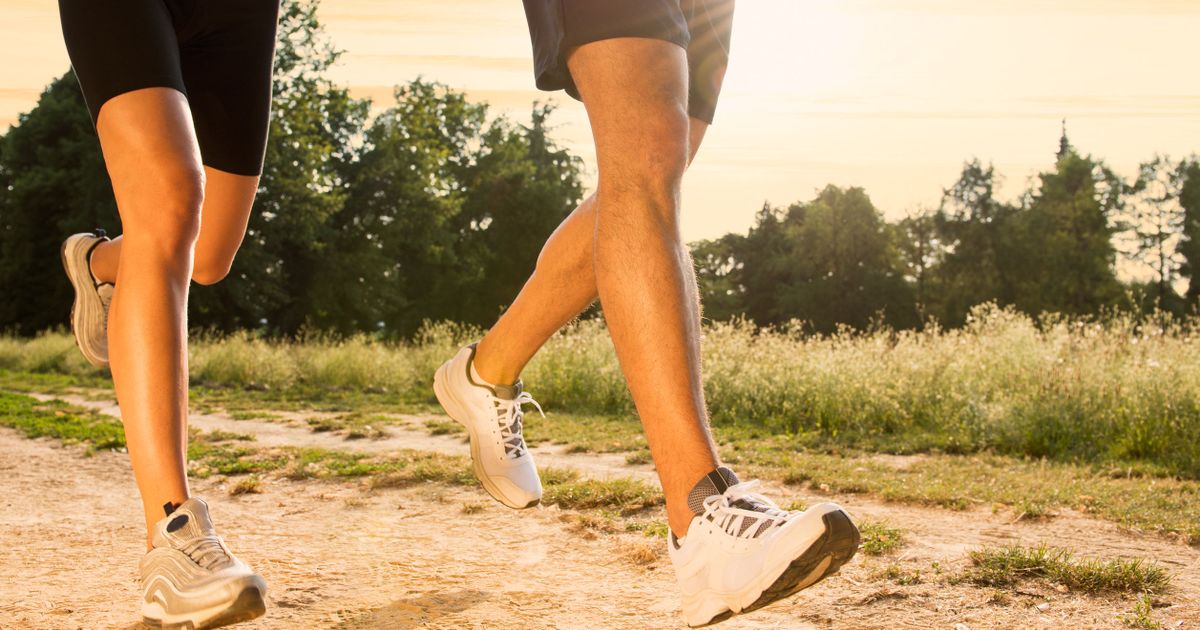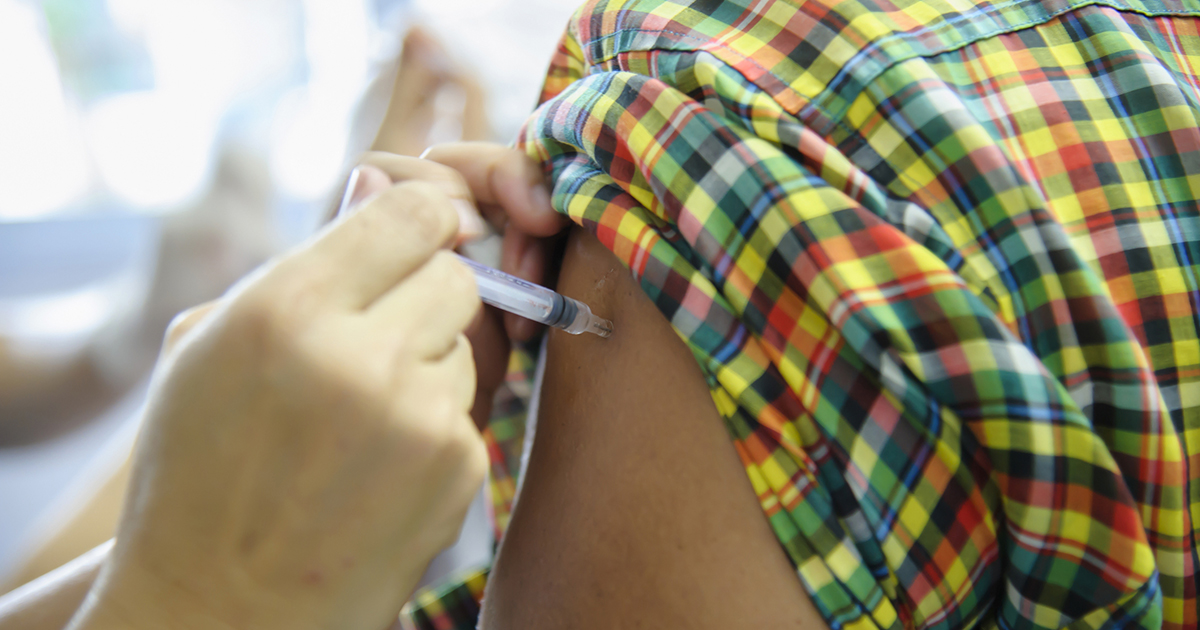How To Treat Carpopedal Spasms
Carpopedal spasms occur when the muscle contracts involuntarily in the feet and hands, though they can also affect the ankles and wrists. These spasms are often severely painful and can cause cramping and tingling in the locations. Though muscle contractions occur naturally in the body, when carpopedal spasms become chronic it may be an indicator of a more serious underlying condition. Carpopedal spasms are often caused by a nutrition imbalance or a more serious condition. They can be caused by hypothyroidism, which is when the thyroid does not produce enough hormones for the body to function properly. These spasms can also be caused by bacterial infection, tetanus. Hypocalcemia is another common cause. Carpopedal spasms are a warning sign of low calcium, especially if patients also have brittle nails and patchy hair.
Learn about how to treat carpopedal spasms now.
Take Required Vitamin Supplements

An easy way to lessen carpopedal spasms is to take the required vitamin supplements. Nutrient imbalances are the main cause of carpopedal spasms and can have detrimental effects on the rest of the body. If individuals are low in calcium, it could lead to osteoporosis. This causes bone density and quality to be reduced because it becomes porous. Increasing low calcium levels can improve symptoms. Patients can also get enough calcium by consuming calcium-dense foods like fortified orange juice, cheese, milk, leafy green vegetables, almonds, chia seeds, and sesame seeds. It is also important to get enough vitamin D because it helps the body absorb calcium. Vitamin D can be obtained in the body by sun exposure, because the skin will produce the vitamin when it gets adequate sunlight. However, patients can also get vitamin D through supplements or foods like mushrooms, seafood, eggs, yogurt, and almond milk. It is also important to reduce caffeine as well as alcohol consumption. Alcohol and caffeine can reduce the body's bility to absorb calcium properly. Taking the required supplements or otherwise increasing the intake of the necessary vitamins can greatly alleviate carpopedal spasms.
Get more information about how to effectively treat carpopedal spasms now.
Stay Adequately Hydrated

Dehydration can cause muscles to cramp because it prevents muscle fibers from releasing the contraction. It is important to drink eight glasses of water throughout the day to stay adequately hydrated. Sip water during workouts is particularly important because exercise sessions performed during high heat or those that are particularly intense can cause individuals to perspire more. Sweat also causes patients to lose key nutrients like potassium, sodium, magnesium, and phosphorus. If individuals experience dry mouth, extreme thirst, fatigue, dark-colored urine, dizziness, or confusion, they might be dehydrated. It is important to drink fluids and eat foods with high water contents to alleviate and prevent dehydration. Patients might need to consume more water if they experience diarrhea or vomiting because both cause dehydration. It is also important to drink more fluids when ill. Illnesses can often cause patients to become dehydrated as their body fights off infection. Strenuous exercise can also cause dehydration and lead to carpopedal spasms.
Continue reading for more on treating carpopedal spasms now.
Stretch The Muscles Regularly

Another way to relieve the pain from carpopedal spasms is to stretch the muscles regularly. Stretching the muscles can help prevent these spasms by increasing blood flow to the muscles. Regular stretching improves circulation and can reduce muscle soreness. Stretching also prevents carpopedal spasms because it relaxes the muscles and keeps them flexible. This prevents muscles from tensing or causing involuntary contractions.
To prevent future carpopedal spasms, it is also important to stretch the muscles on a daily basis. However, individuals should make sure they do not hold the stretch too long because it can cause them to contract too hard. Thirty seconds should be plenty of time for the muscle to stretch, but patients can do this for up to a minute (but no longer). Also, individuals should be careful about overstretching the muscle too quickly. Instead, they should sink into the stretch slowly. It is important to stretch after long exercise sessions to prevent carpopedal spasms. If patients continue to experience severe spasms, they should seek a physician’s opinion.
Get the details on more ways to treat carpopedal spasms now.
Engage In Regular Exercise

Though carpopedal spasms are painful muscle contractions, individuals need to make sure they engage in regular exercise. Healthy lifestyle habits can help reduce pain and reduce the number of carpopedal spasms, and other types, they endure. Regular exercise helps increase blood flow while also strengthening the muscles. Since carpopedal spasms can be related to underlying health conditions like multiple sclerosis, Huntington’s disease, and Parkinson’s disease, it is important to promote overall health in the body. Regular exercise also promotes the release of a variety of hormones, helping with thyroid issues. It also helps the muscles absorb amino acids that prevent muscle breakdown and helps them grow. Muscle mass is also important to prevent disability and injuries. However, proper treatment for carpopedal spasms might depend on what is causing them. This is why it is important to consult a physician on treatment plans to help deal with the underlying cause of carpopedal spasms.
Discover additional methods of treating carpopedal spasms effectively now.
Get The Tetanus Vaccine

It is important for individuals to stay up to date on their vaccines, including the tetanus vaccine. In today’s world, many individuals are concerned about the possible side effects of vaccines, making vaccinations controversial. However, the tetanus shot protects patients from bacterial infections that can be life-threatening and potential side effects are considered minimal. Tetanus is caused by bacteria that live in dust, soil, manure, and saliva. The bacteria generally enter the body through a deep wound, causing exposure. This might happen through a burn or by stepping on a nail. If patients experience other symptoms of tetanus, they should see a doctor right away because the infection can be deadly. Other symptoms of tetanus aside from carpopedal spasms include lockjaw or the tightening of the jaw muscles. Painful stiffness over the body, fevers, and changes in blood pressure are also symptoms of tetanus. Adults should have a tetanus booster every ten years. If individuals have stepped on a nail or had a burn, they should get immediate wound care.
